Safety board endorses Surry second license renewal
The ACRS supports subsequent license renewal for the Dominion units. Photo: Dominion Energy
The Nuclear Regulatory Commission’s Advisory Committee on Reactor Safeguards (ACRS) has issued a report recommending approval of Dominion Energy’s 20-year subsequent license renewal (SLR) application for Surry-1 and -2. The board reached its conclusion during its April meeting, after reviewing both the SLR application and the associated final safety evaluation report. Dominion submitted the application in October 2018.



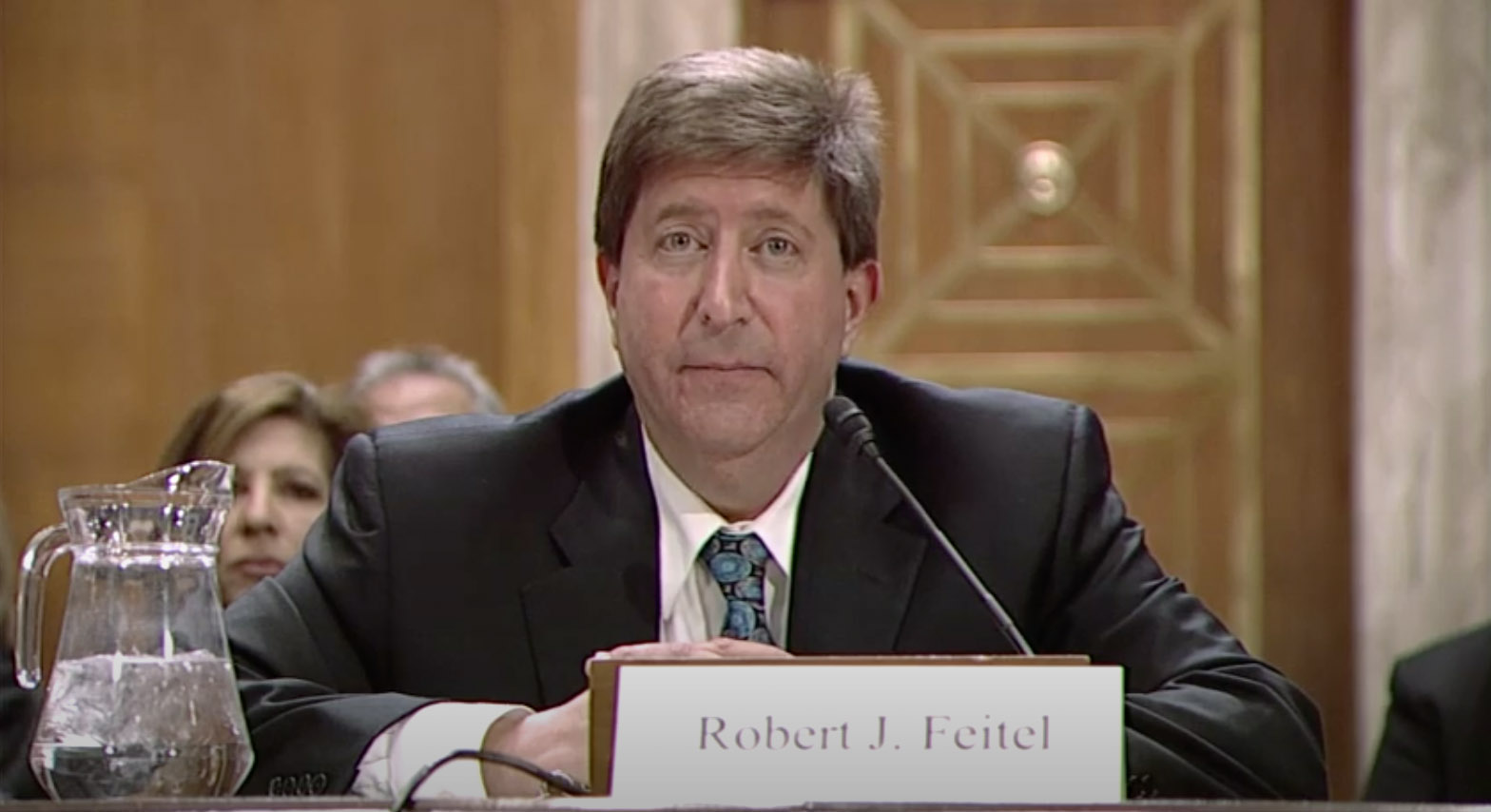
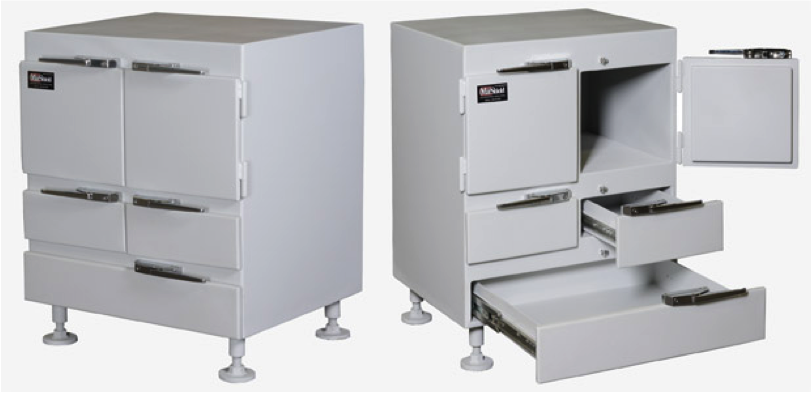
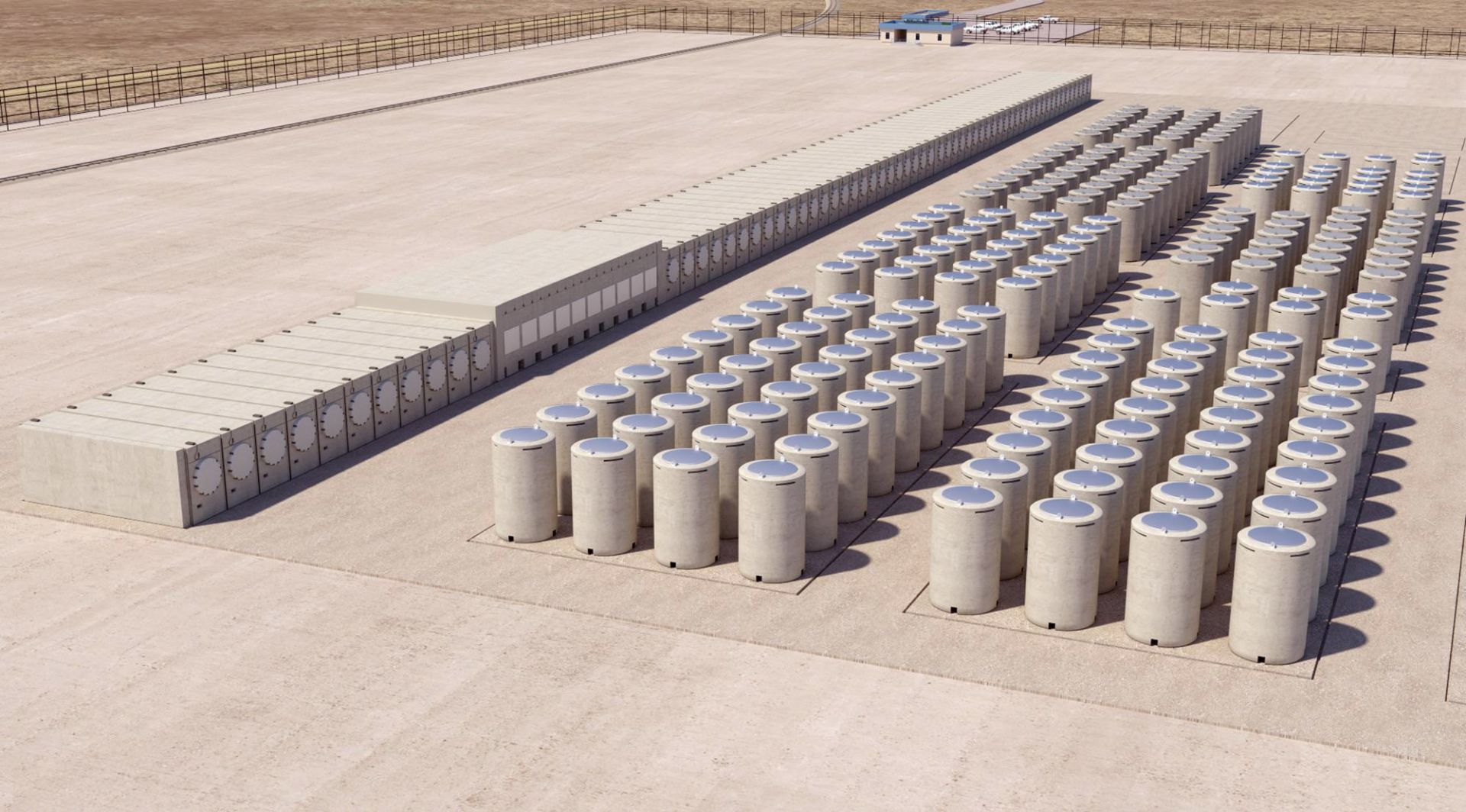

 The latest season of
The latest season of 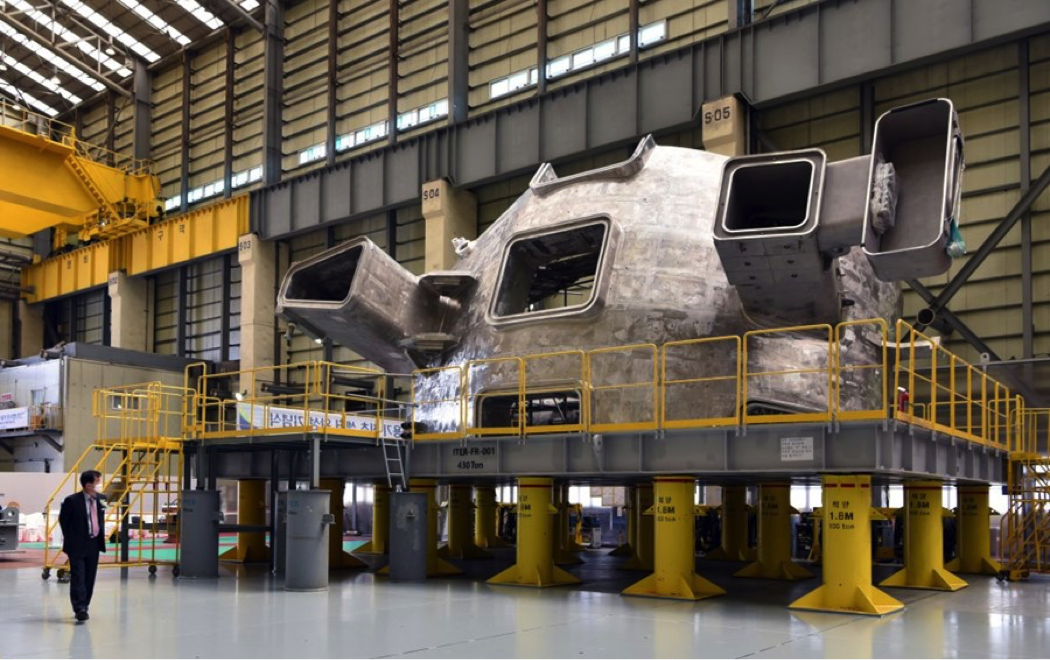
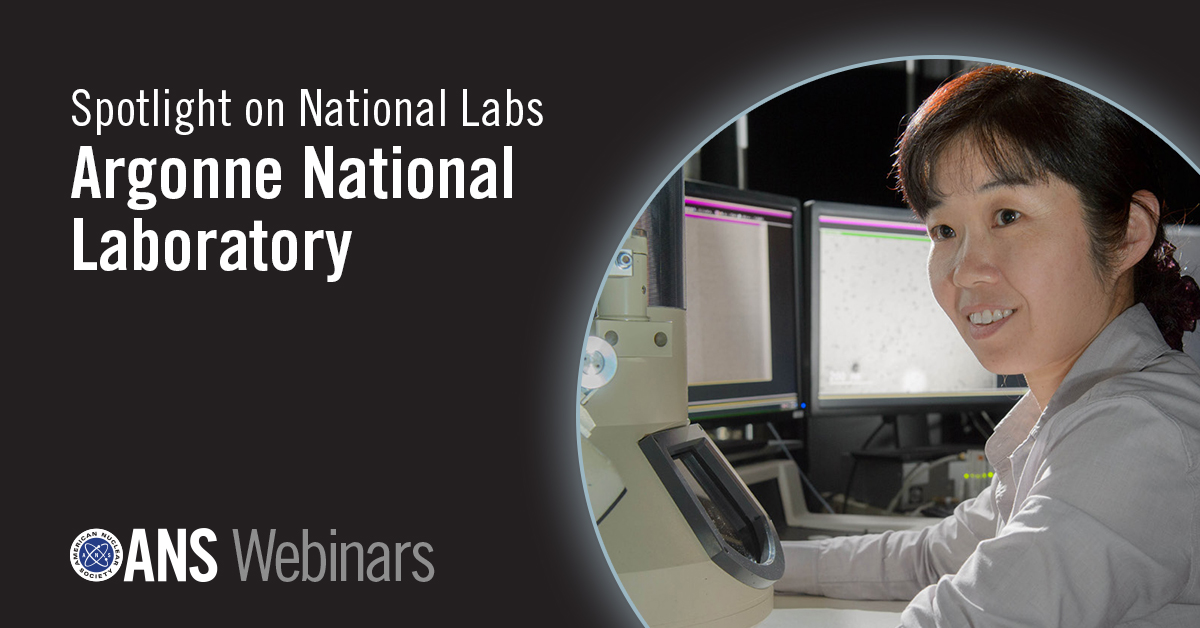 The ANS Young Members Group (YMG) is offering a series of live webinars—Spotlight on National Labs—to highlight the missions, key projects, and rising stars of the Department of Energy’s national laboratories. Recently it was Argonne National Laboratory’s turn to shine.
The ANS Young Members Group (YMG) is offering a series of live webinars—Spotlight on National Labs—to highlight the missions, key projects, and rising stars of the Department of Energy’s national laboratories. Recently it was Argonne National Laboratory’s turn to shine.